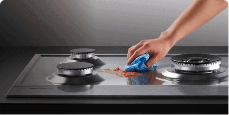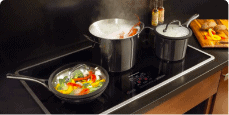Inverters are the best solution for uninterrupted power backup, especially if you live in localities with frequent blackouts or unannounced power cuts.
Being an expensive and long-term investment, you cannot blindly choose an option. It is very important to consider whether power configurations of the inverter match your backup requirements.
If you are unaware of how to analyze the inverters, then follow the below guide thoroughly. The detailed information mentioned below will help you make an informed decision.

5 Major Factors to buy best inverter & batteries for your home
Factor 1. Calculate your power requirement for inverter
Before choosing an inverter, the first thing to consider is understanding the load requirement for your home or office.
Power Requirement = Total electricity required for operating the necessary appliances during a power cut.
Suppose you want 3 Fans, 3 Tube lights, 1 television & 1 refrigerator to operate at the time of power failure. The power consumed by these items will be total of the power consumed by these individually:
1 Fan – 70 Watts
1 tube light – 40 watts
1 led television – 100 watts
1 Refrigerator – 140 Watt
So, How to convert from Watts to VA?
VA = Power Requirement (Watts) x Power Factor
Where,Power Factor range 0.7 from 0.8 (the effective battery power output is around 70-80%)
Factor 2. Choose the Best Inverter Type
Inverter is similar to a converter whose job is to convert the AC power to DC power or vice-versa. When power is present at the home, the inverter will take the power and charge up the battery.
During this process, AC power will be converted to DC power to store in the battery. During a power cut, the inverter will supply the store power in the battery to operate different appliances and electricals. In this process, DC power will be converted to AC power.
Inverters are categorized into two categories: sine wave and square wave. We have mentioned a clear description below to understand which one is the best option for your needs.
1. Sine Wave (Best For Sensitive Appliances)
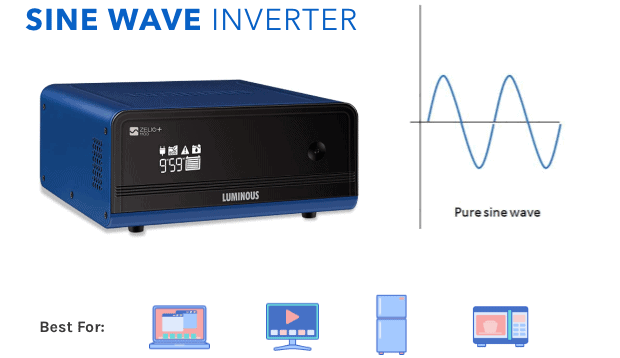
Sine wave inverter is responsible for converting and releasing DC power to operate the appliances. The output power is similar to that of utility supply. This is one of the biggest benefits of sine wave inverters as all the appliances are designed in the similar wave pattern only.
Another benefit is that the output is reliable and cleaner form which prevents any voltage damages to the appliances. Because of the sophisticated technology used in these batteries, they are suitable to power up heavy electrical appliances like LED TVs, Refrigerators, Laptops, and others. However, they are a bit expensive.
2. Square wave (Recommended Non Sensitive Devices)
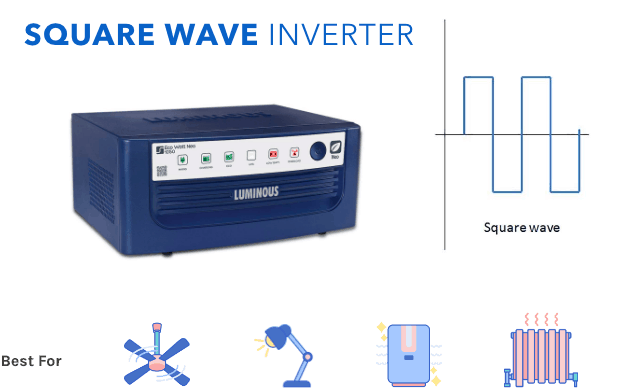
Similar to sine wave, square wave also converts DC power to AC for powering up the lights and appliances.
However, the only difference is that when the inverter is turned on, it will directly take the voltage from negative to positive. This makes the voltage unbalanced and unstable, leading to voltage related issues in appliances.
If you are using the inverter for powering up lights and fans, then you may not observe any difference. However, if you use the square wave inverter for powering up heavy appliances, then it can damage them. So, it is recommended for only powering up non-sensitive devices like lights and fans.
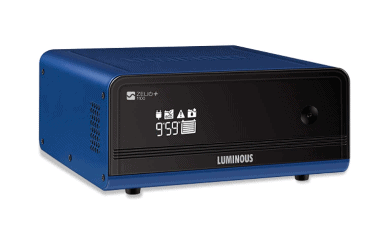
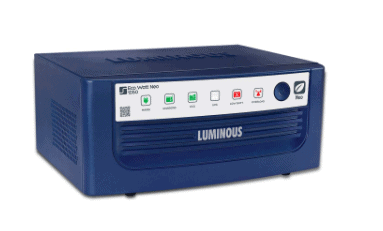
Factor 3. How many hours of Battery backup do you need?
Battery is like the heart of an inverter. It is the place where power is stored and supplied during a power cut. The capacity of the battery represents how many hours of power backup it can provide. It is usually measured in Ah (Ampere Hours).
You have to choose an inverter battery based on the power and back up required. To help you understand, we have provided a table below. Using it, you can calculate the necessary battery capacity for your requirements.
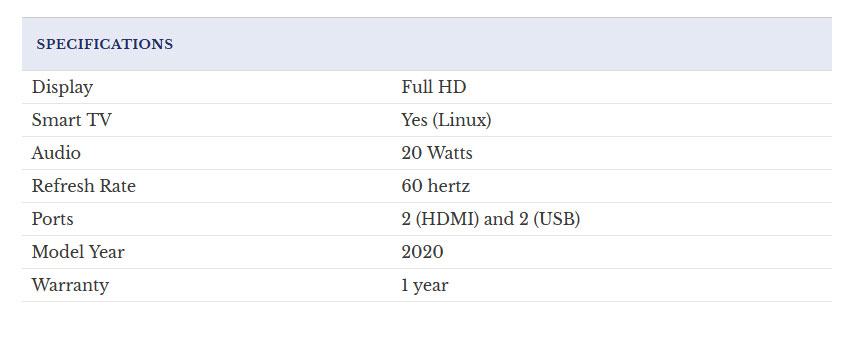
Factor 3. Choose the best Battery type
Batteries are categorized into two different types: flat plate and tubular. Though they look similar, their internal technology is different which shows a major impact on weight, price, efficiency and lifespan of the battery.
Flat plate batteries are designed using a combination of positive and negative plates that are made using pasted grids. Tubular batteries are often referred to as improvised versions of flat plate batteries. The difference here is the positive plates are made using spines which are placed under tube packets.
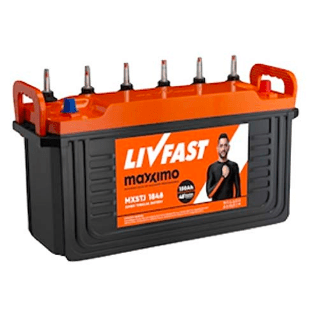
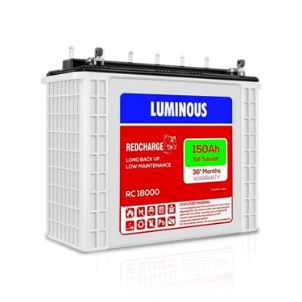
Factor 4. what other features to look out for?
The below-mentioned features will ensure you choose the best in quality, easy to maintain and long lasting inverter.
1. Water Level Indicators
These indicators will help you identify and re-fill the batteries when the water levels become lower. This helps in maintaining the battery health properly. If the water levels are not refilled, then it will lead to less back up and also reduce the battery lifespan.
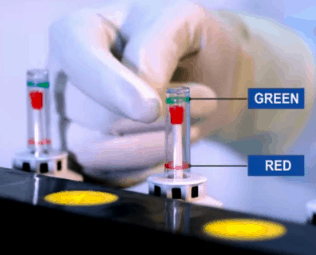
2. Fast Charging / Rapid Charging
This technology enables the inverter to charge 60% faster than regular levels. It is suitable for areas with longer power cuts and low voltage issues.
3. Bypass Switch:
It protects the inverter and batteries from overload, reverse polarity, short-circuit, deep discharge, short-circuit and input mains protection.
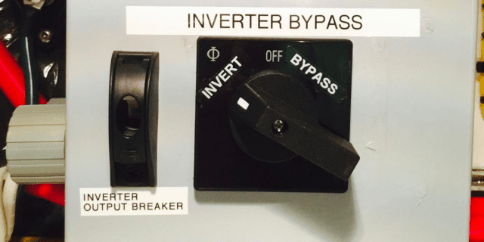
4. No of. Battery Support
For shorter power cuts, a single battery is sufficient. However, for longer power cuts, you need at least 2 batteries. So, check whether the inverter you chose can support 1 or 2 batteries based on your requirement.
5. Best Inverter Brands in India






6. Warranty
A warranty is a guarantee which is provided by the manufacturer to give you an assurance that the thing you buy from them are of good quality and do not contain any manufacturing defects. For inverters it ranges up to 2 years of warranty, But For battery you should look for at least 3 years of warranty for better performing battery backup

